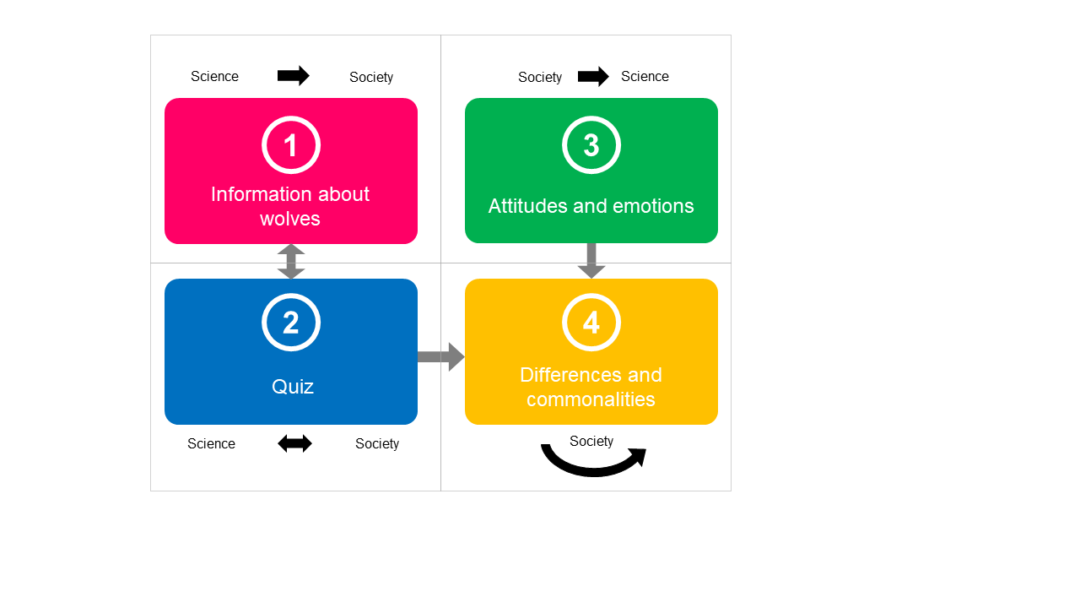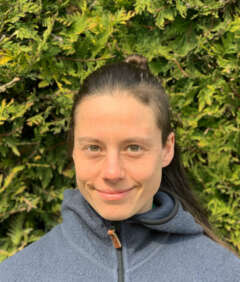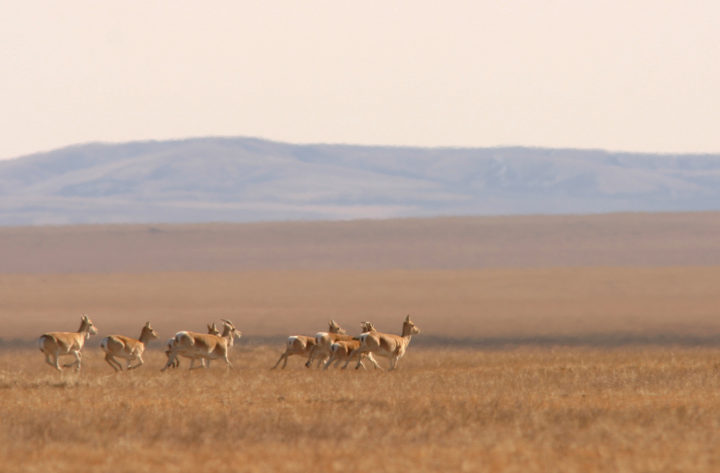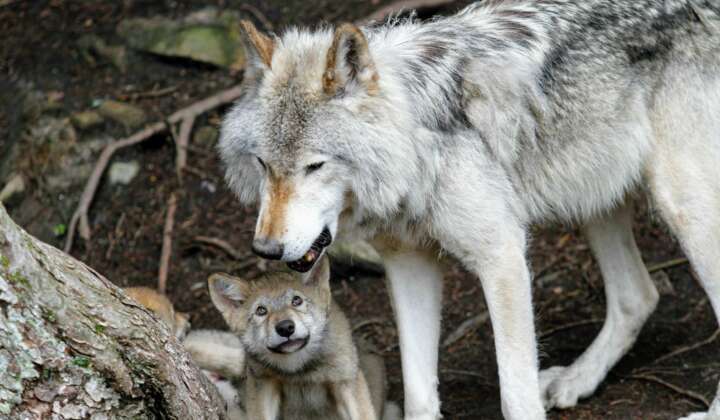KnowWolf
The KnowWolf project aims to identify and overcome possible obstacles to knowledge transfer among adults. Such obstacles can originate, for example, in societal conflicts (1, 2) or in the emotional societal and media discourse of the wolf topic (3–5).
Execution
The Leibniz-Association-funded KnowWolf project is jointly carried out by Senckenberg – Leibniz Institution for Biodiversity and Earth System Research – and the Leibniz Institut für Wissensmedien. Through online surveys among adults, we first investigate which factors shape individual knowledge levels and knowledge acquisition, but also feelings of fear, threat or joy, and the perception of risks and benefits regarding wolves. In two completed surveys, we observed that participants with a lower level of factual knowledge about wolves perceived the risks associated with this species to be higher and the benefits to be lower than those with a higher knowledge level. Furthermore, knowledge levels after reading an information text about wolves was higher among participants with positive emotions towards wolves compared to participants with negative emotions. A second study, however, failed to confirm our assumption that knowledge transfer is more effective when the information text is framed to reflect one’s own emotions (i.e., when people when negative emotions get a text containing more words with negative connotations, and people with positive emotions get a text containing more words with positive connotations). Thus, for now it remains unclear how emotional barriers can be overcome when communicating knowledge about wolves. Further studies are currently in the data analysis and planning phase, respectively.





